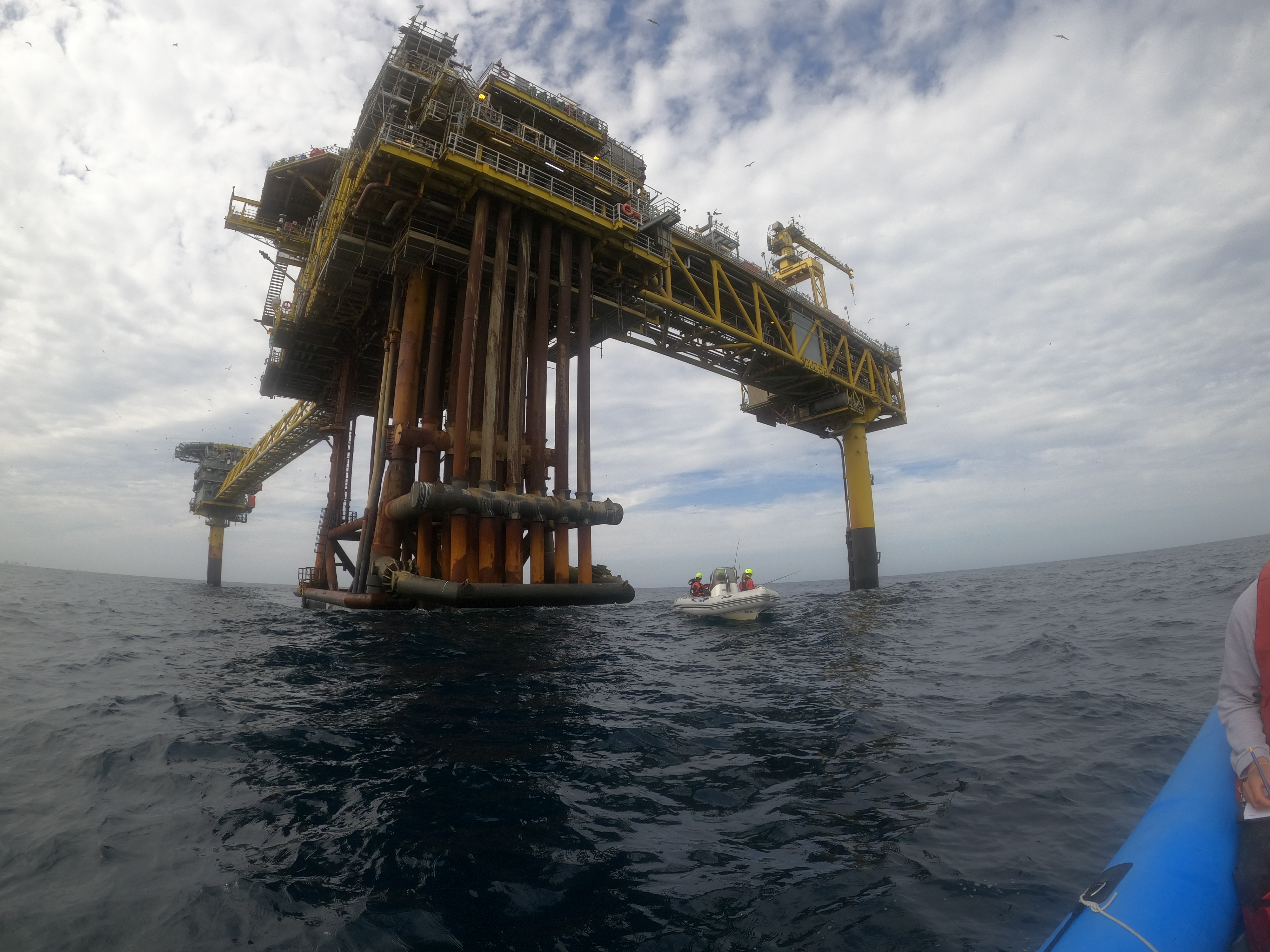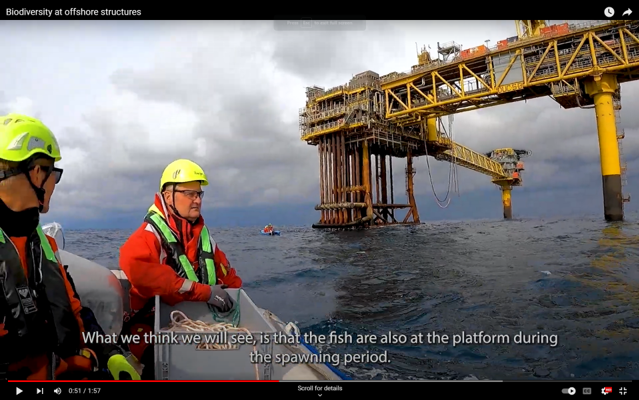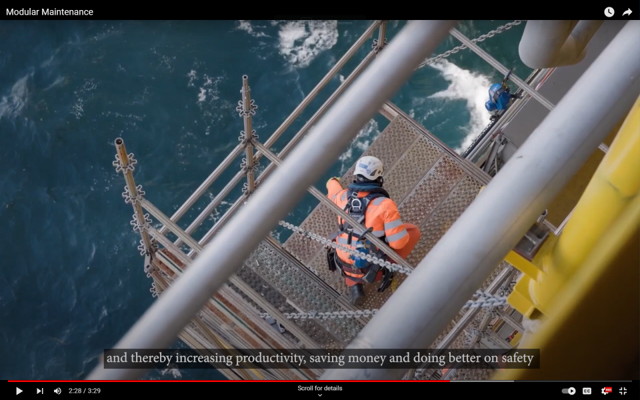Offshore Structures Life Cycle
Offshore structures in the North Sea are situated in a challenging environment due to wind, waves, and corrosion. DTU Offshore develops solutions for the entire life span of the structures, including safe plugging and abandonment of wells and platforms.

Danish Offshore Technology Centre teams are working to develop new technologies to monitor and extend the safe operating lifetime of existing platforms and wells in the North Sea as well as preparing an environmentally responsible abandonment once the operation is over.
We have built a strong knowledge base for solving these issues and we may even use these capabilities for offshore structures outside the North Sea area. Our knowledge can be used in the design of new offshore structures in relation to other industries as well.
Offshore structures present significant challenges to structural integrity and utilization of platforms and wells. Many of these structures were built 30 to 40 years ago and have seen the impact of waves and wind for topside and corrosion and scale for subsurface installations. There is therefore a need for better tools for mitigation, maintenance, and abandonment.
The centre is currently working on projects aiming at replacing current anti-scaling and anti-corrosion chemicals by more environmentally friendly ones, using for example halophilic plants, black tea extracts and developing new coatings using nanofilaments. We are also developing better solutions to mitigate unwanted hydrogen sulfide (H2S) production in the reservoir, by developing better predictive models.
We are developing new technologies to reduce the costs of operation and maintenance of offshore facilities using artificial intelligence (IA). Structural fatigue and effects of extreme waves environment in the North Sea are being monitored and simulated to be able to estimate failure risk and to better plan repair and inspections. One successful example is our solution AlarmTracker, which is a digital tool that increases the uptime of water injection systems and is being tested on a commercial prototype.
Over the coming decades, a substantial number of oil and gas wells in the Danish sector of the North Sea will have to be plugged and abandoned. This abandonment may also have a large impact on the environment both in the short and long term. Examples of our research in abandonment of offshore structures aim to develop:
- Environmental baseline of cods around offshore structures to understand the importance of the structures for the cod communities to help developing the best abandonment procedures for the installations.
- Environmental baseline for natural hydrocarbon seepage for future monitoring of potential methane leaks from abandoned wells.
- Subsea methane sensor for surveillance of methane seepage from abandoned wells.
We are working with a wide range of collaborators from research and industry with small and large companies and are always open to link up with new partners.


Read more more about activities regarding Offshore Structures Life Cycle
Contact
Charlotte Nørgaard Larsen New Projects Director Mobile: +45 93511536 clarsen@dtu.dk
Ulla Hoffmann Programme Director Mobile: 9351 1360 uhoff@dtu.dk